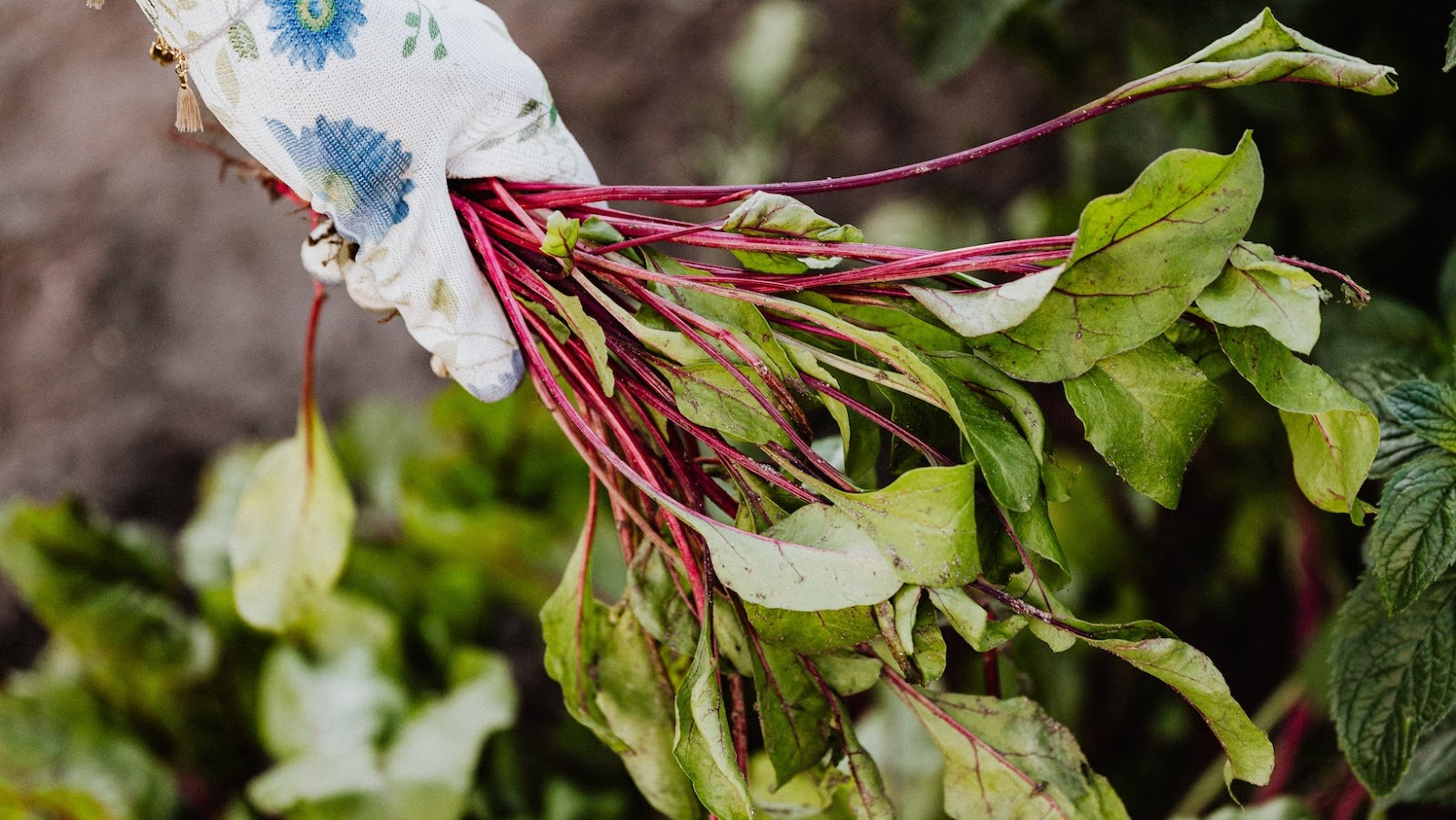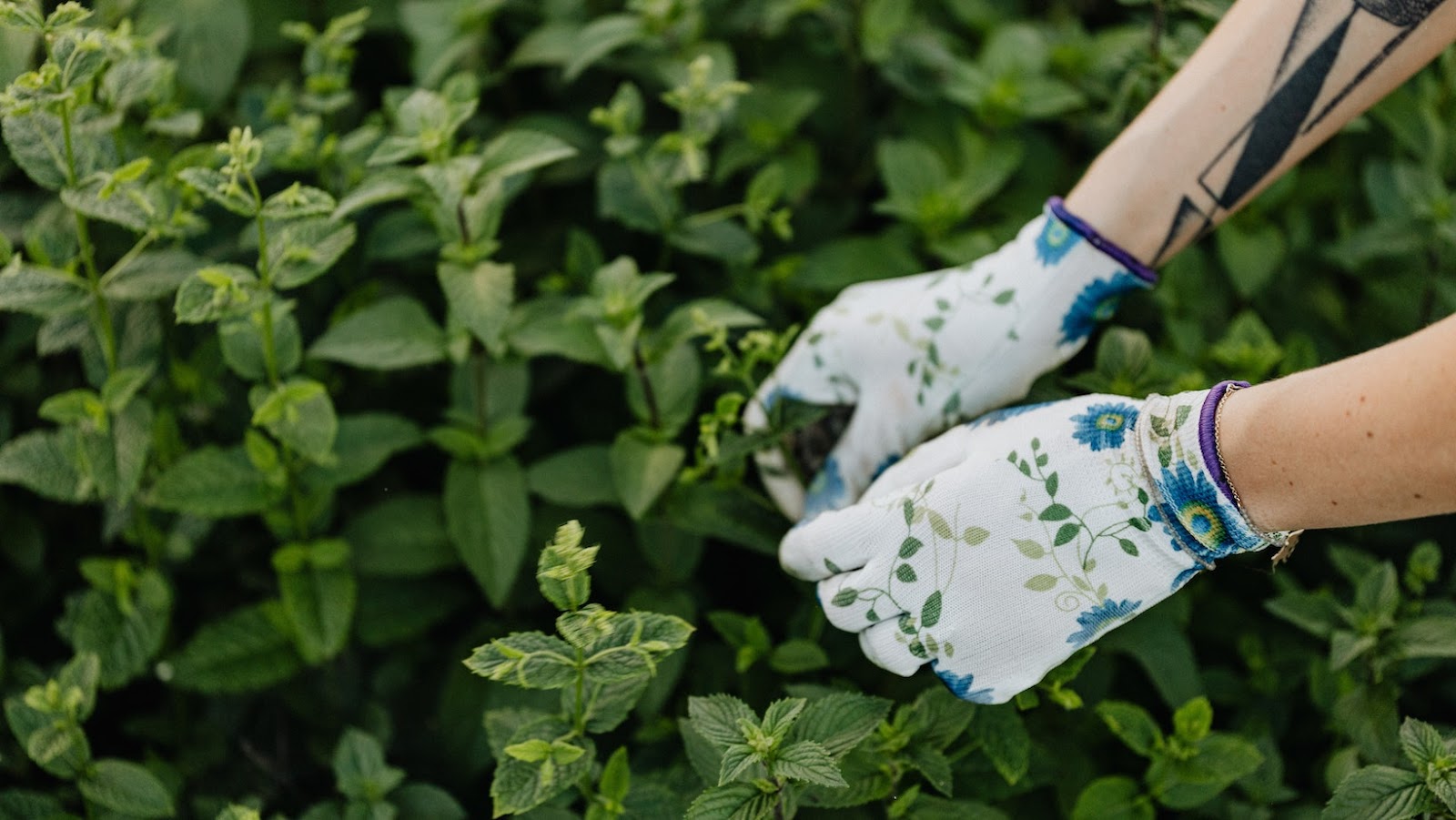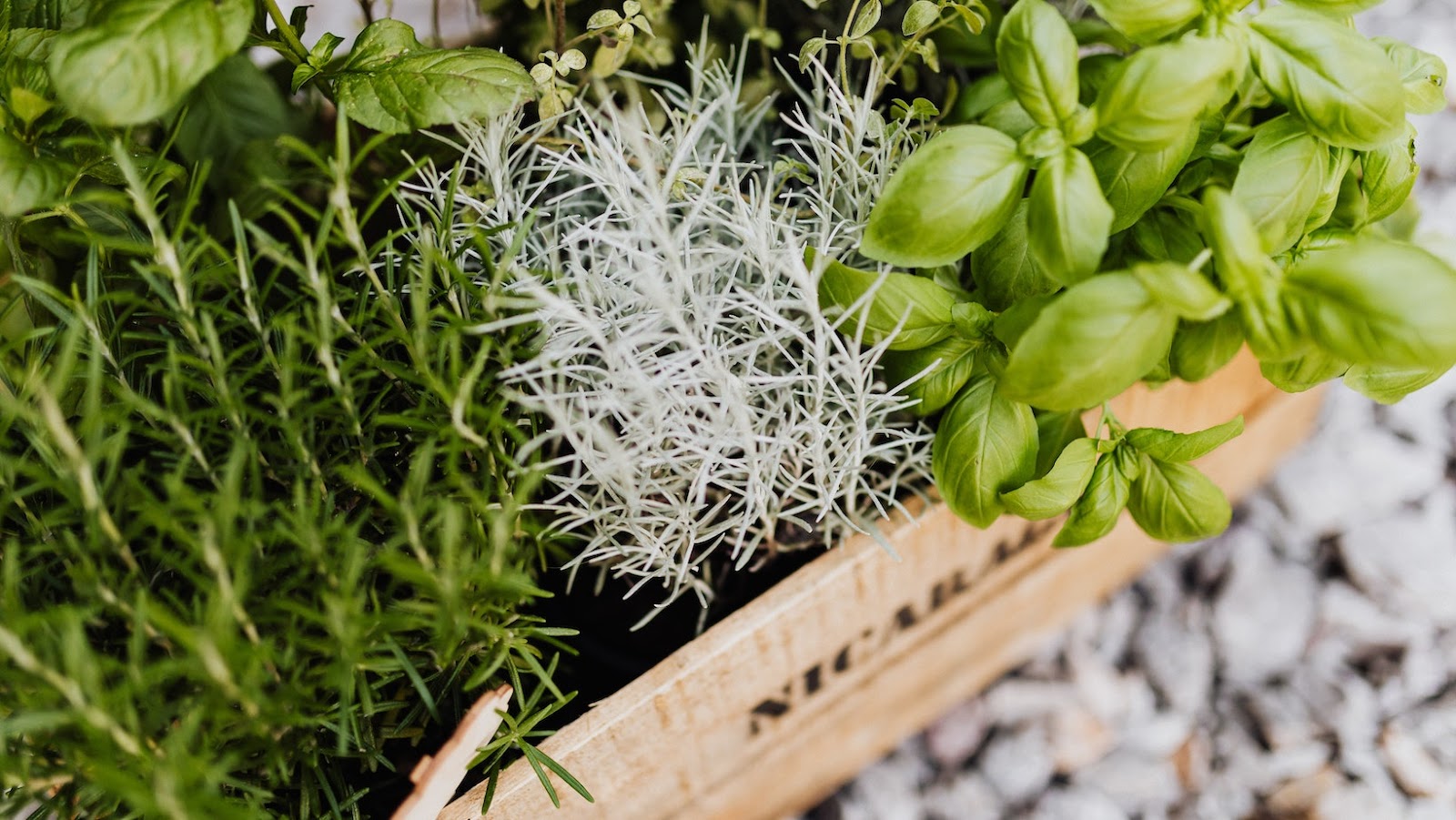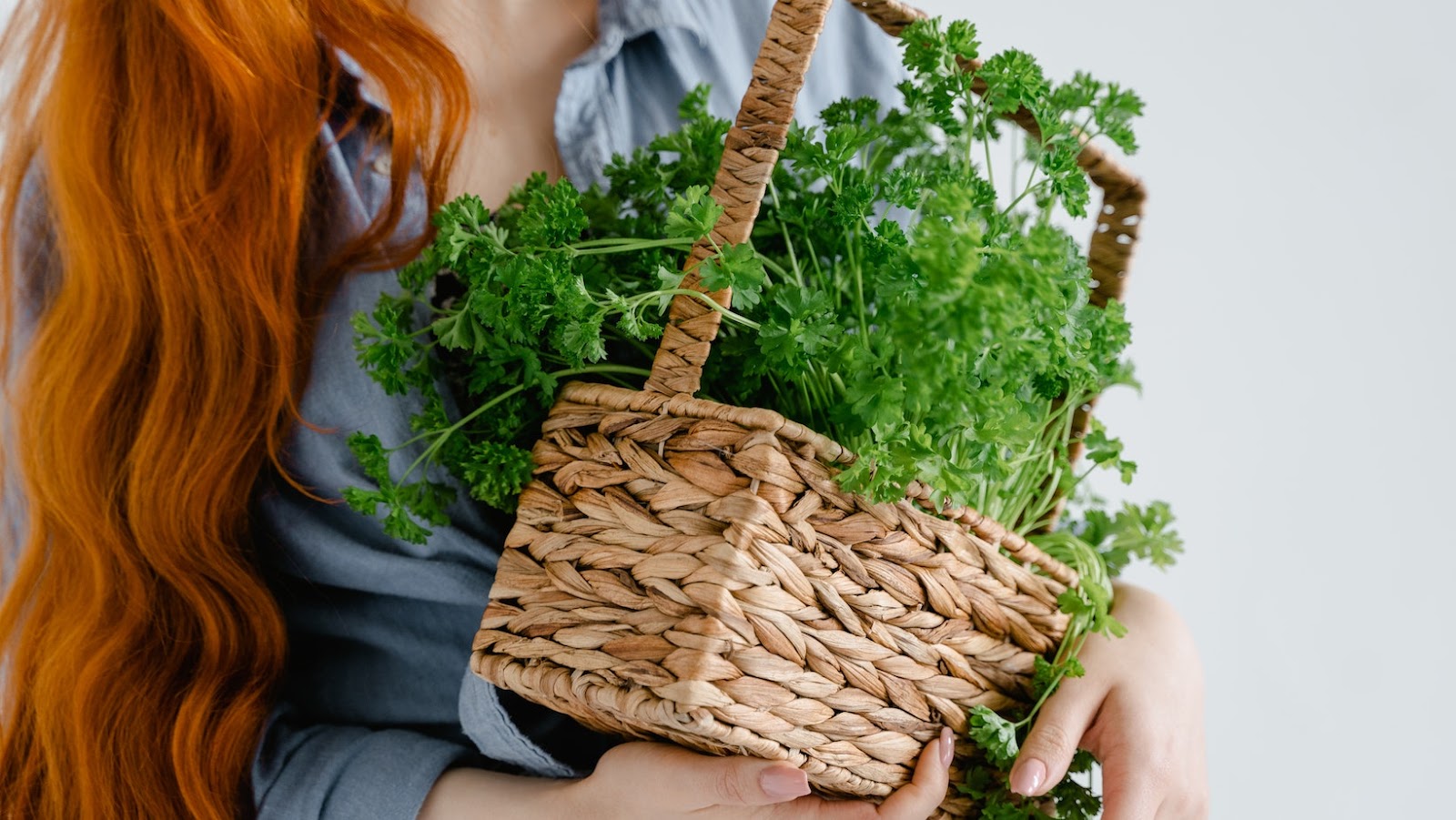You must know which herbs grow best together to make the most of your herb garden. In this section, we bring you the ultimate list of herbs that can be grown together and their benefits. You will also find valuable information on companion planting for herbs and factors to consider before planting herbs together.
Table of Contents
ToggleBenefits of Companion Planting for Herbs
Companion Planting for Herbs: Boosting Yield and Quality!
Pairing herbs together in a garden? That’s known as companion planting. It can have a huge effect on healthy growth and keeping pests away. Here are the benefits:
- More yield
- Natural pest control
- Better flavor and smell
- Healthier soil
- Mutual growth patterns
- Saving space in the garden.
It gets even better – herbs that need the same things or repel pests can be more compatible. So it’s worth a try!
Indigenous peoples have indeed used companion planting for centuries. The Three Sisters Companion Planting technique is an example from Native American tribes.
Before you get into it, consider these factors for a happy herb garden.
Factors to Consider Before Planting Herbs Together
It’s important to consider several factors before planting herbs together. These will determine the success of your herb garden and ensure your plants grow healthy and strong.
Compatibility, growth requirements and maintenance all need to be taken into account.
The size of the planter or garden arbor is also essential. Overcrowding can negatively affect your herbs’ growth.
Certain herbs can even repel pests or attract beneficial insects. For example, basil planted near tomatoes helps deter hornworms and attracts bees to pollinate tomatoes.
Grouping herbs according to size and moisture needs is also important. This way, each plant gets enough water and nutrients to thrive.
Who knew that herbs could be friends too!
Herbs That Thrive Together: A Comprehensive List
To know which herbs grow well together, check out this solution for the comprehensive list of herbs that thrive together. The section, “Herbs That Thrive Together: A Comprehensive List,” with sub-sections such as Basil, Thyme, and Oregano, Rosemary, Sage, and Lavender, Mint, Lemongrass, and Chamomile, Cilantro, Dill, and Fennel, Parsley, Chives, and Tarragon, will help you quickly grow your herb garden without any hassle.
Basil, Thyme, and Oregano
This herb trio is a winner! Each has unique flavor profiles that work together. In addition, they share similar growing conditions and can be used in sweet and savory dishes.
- Basil adds subtle sweetness.
- Thyme brings depth and aroma.
- Oregano is spicy and complex.
One fact: they are popular in Mediterranean cuisine. Use them in pasta sauces, soups, stews, and more.
Pro Tip: Remove basil flowers to keep the plant focused on its flavorful leaves.
No need for therapy when you have rosemary, sage, and lavender in your garden!

Rosemary, Sage, and Lavender
Rosemary, Sage, and Lavender are a fantastic trio for herbs! Rosemary is compatible with Sage with its woody fragrance and needle-like leaves. This is because they have similar soil and water requirements. Planting them side by side results in a beautiful, aromatic garden. Sage is also favored for its health-promoting properties in meat dishes and herbal teas.
Lavender, renowned for its calming effects and soothing scent, loves well-drained soils and moderate moisture levels – like Rosemary and Sage. All three together create a stunning landscape, with culinary and medicinal benefits. Plus, beneficial insects like bees and butterflies are attracted to the garden.
Fun fact: The Romans believed Rosemary could improve memory! In contrast, nothing says ‘relaxation’ like a cup of mint and lemongrass tea – unless you’re the mint and lemongrass themselves, who are probably screaming in agony as they thrive together.
Mint, Lemongrass, and Chamomile
A trio of botanicals that fit together nicely consists of Mentha, Cymbopogon, and Matricaria chamomilla. These herbs have similar water and light needs. Mint leaves can make tea with anti-inflammatory and digestion-aiding benefits.
Lemongrass has antioxidants to enhance immunity, reduce stress, lower cholesterol, and support digestion. In addition, Chamomile can calm anxiety and help sleep and has anti-inflammatory properties. These herbs also repel gnats, mosquitoes, aphids, and flies, but not ants.
To plant these herbs indoors or outdoors together:
- Water from the bottom.
- Use soilless mixtures.
- Plant in containers with drainage holes.
- Keep the soil moist.
If you want a herb trio with more kick, try Cilantro, Dill, and Fennel.
What Herbs Grow Well Together
When it comes to combining herbs, some pair better than others. Cilantro, Dill and Fennel form an ideal triad. They not only taste great together, but also help each other to grow.
Cilantro has a tangy flavor and a delicate aroma that helps with healing. Dill is special, providing antiseptic qualities and immunity-boosting effects. Fennel adds a crisp texture and a slight sweetness, while promoting digestion. These herbs will make your garden patches thrive. Plant rotation and soil restoration techniques will ensure a long-lasting yield of great-tasting herbs.
Throughout history, humans have been in love with nature. From Medieval Europe to Middle Eastern Ramadan, this herb trio has been used for many purposes. So, don’t be afraid to combine Parsley, Chives, and Tarragon in your garden!
Parsley, Chives, and Tarragon
Parsley, Chives, and Tarragon make a stellar garden trio, providing beauty and flavour. Here are four advantages of combining these herbs:
- They love the same growing conditions, making tending easier.
- Their tastes come together in salads, soups, and sauces.
- Chives protect Parsley from pests, while Parsley adds nitrogen to the soil for Chives and Tarragon.
- Their colours look great together – Parsley’s dark green, Chives’ light green, and Tarragon’s yellow-green.
In addition, having these herbs close by has many benefits. However, water Tarragon carefully – it needs special attention!
The Old Farmer’s Almanac states Parsley is biennial. Therefore, it needs 14 days of regular watering after planting for sprouting.
Mixing these herbs is like mixing oil and water – not a good idea.

Herbs That Shouldn’t Be Planted Together
To ensure a thriving herb garden, knowing which herbs should not be planted together is crucial. You must be strategic in placement to avoid stunting growth or even killing off your plants. This section, ‘Herbs That Shouldn’t Be Planted Together,’, highlights three sub-sections – ‘Herbs That Compete for Resources’, ‘Herbs That Are Prone to Cross-Pollination’, and ‘Herbs That Attract Pests and Diseases’.
Herbs That Compete for Resources
Certain herbs competing for resources can cause issues – avoid these combos for healthy plants:
- Mint & Thyme: Sunlight & moisture = root competition.
- Fennel & Dill: Look, taste & scent too similar – soil & space competition.
- Basil with other Basils: Prolific nature means nutrient competition & death!
- Sage with Other Plants: Pungent aroma can ruin flavors & attract pests.
- Coriander & Fennel: Compete for limited nutrients & coriander has shorter life.
Grow each herb separately – containers allow individual care. Research needs & companion plants to enhance flavor & repel pests. Sorry basil, no oregano neighbors – cross-pollination is a no-no!
Herbs That Are Prone to Cross-Pollination
When gardening with herbs, some species are prone to cross-pollination. This brings changes in flavor and characteristics. Gardeners should know which herbs should not be planted together to prevent this.
Herbs that may cross-pollinate include:
- Basil and Oregano
- Mint and Sage
- Cilantro and Fennel
- Lemon Balm and Chamomile
It’s important to remember that cross-pollination can happen from wind, insects, or human errors. So, research these herbs before you plant them near each other.
Try planting them at opposite ends of the garden beds to avoid cross-breeding. Or, use barriers like tall hedges or walls. You can also use hand pollination techniques for specific crop outcomes.
By not planting herbs that pollinate each other, you can enjoy pure flavors in your herb garden. And, preserve the genetics of future generations. But, on the other hand, growing these herbs is like sending an invitation to pests and diseases – don’t forget to RSVP!
Herbs That Attract Pests and Diseases
Certain herbs can invite adversities such as pests and diseases. So, gardeners should be aware of which herbs should not be planted together. Mint, dill, basil and oregano should not be combined. Mint draws in aphids and spider mites, while dill is attractive to caterpillars. Planting basil and oregano together brings in thrips and whiteflies.
Avoid mixing these herbs to keep away harmful pests and diseases. In addition, this will reduce the risk of fungi or bacteria in your herb garden. Be mindful when pairing herbs. This way, you can protect your plants from infections and infestations. Take care of your herb garden and let it flourish with healthy herbs!
Think of herb pairing like a successful relationship: find the perfect match and reap the rewards, but don’t force them and risk failure.

Tips for Successful Herb Combinations
To ensure successful herb combinations, discover the ultimate list of what herbs grow well together with proper spacing and soil preparation, managing sunlight and humidity levels, and watering and fertilization techniques. Achieving a thriving herb garden requires careful attention to these sub-sections, and this guide will provide valuable tips to help you master each area.
Proper Spacing and Soil Preparation
For optimal growth patterns, plant spacing and soil preparation are key. Before planting, consider the growth habits of each herb. For example, proximity can lead to resource competition, stunted growth and poor health. In addition, different plant species require different amounts of space to thrive.
Soil preparation is also essential for healthy root growth and nutrient uptake. Compost and aged manure balance pH levels and enrich the soil. Remove any debris around the herbs so resources aren’t competed for.
These practices promote optimal conditions for the plants to flourish with minimal pest or disease pressure. This art dates back centuries, with empirical methods similar to modern-day techniques. So enjoy the sunshine – just make sure your herbs don’t get too much tan!
Managing Sunlight and Humidity Levels
Managing the environment of your herbs is key to achieving the desired growth and versatility in your garden. For example, light and humidity control can lead to better yields and healthy plants.
Each herb has different needs for sunlight and humidity. Some require intense sun, while others prefer shade. Additionally, some plants are sensitive to overwatering and high humidity. It’s important to monitor soil moisture regularly.
Pro Tip: Research each herb’s individual environment needs before planting together. This way, you can create a suitable microclimate for them all. And don’t forget to give your herbs a drink and some food!
Watering and Fertilization Techniques
Caring for an herb garden requires close attention to water and fertilizer techniques. These methods affect the plant’s growth and flourishing. Here’s a six-step guide for success:
- Drain soil to prevent water pooling underneath.
- Don’t overwater – this can cause root rot.
- Fertilize with nitrogen, potassium and phosphorus-rich nutrients.
- Don’t apply too much fertilizer – it can harm plants.
- Monitor plant condition and adjust watering/fertilizing.
- Sunlight is essential as well.
Herbs need different levels of water and fertilizer. Some need drier soil; others, more frequent watering. A self-watering system may be useful for consistent moisture without constant monitoring.
Reaching the right balance may take trial and error. However, following these tips will help you grow healthy herbs with flavor and aroma for all your dishes!
Conclusion: Maximizing your Herb Garden with Companion Planting
Maximize your herb garden’s potential with Companion Planting! Combining herbs that thrive together not only boosts yield but also spices up your garden.
Did you know? Planting basil next to tomatoes can improve their flavor and growth. Also, thyme and chamomile planted near each other help their medicinal properties by creating beneficial oils.
Companion planting has lots of advantages, like natural bug control, soil enrichment, and pollinator promotion. Add some flowers like marigold or nasturtiums among your herbs to attract helpful insects.
By combining herbs correctly, you gain more from your gardening and create lovely aromas and flavors. Try it out and explore the magic of companion planting in your herb garden!





